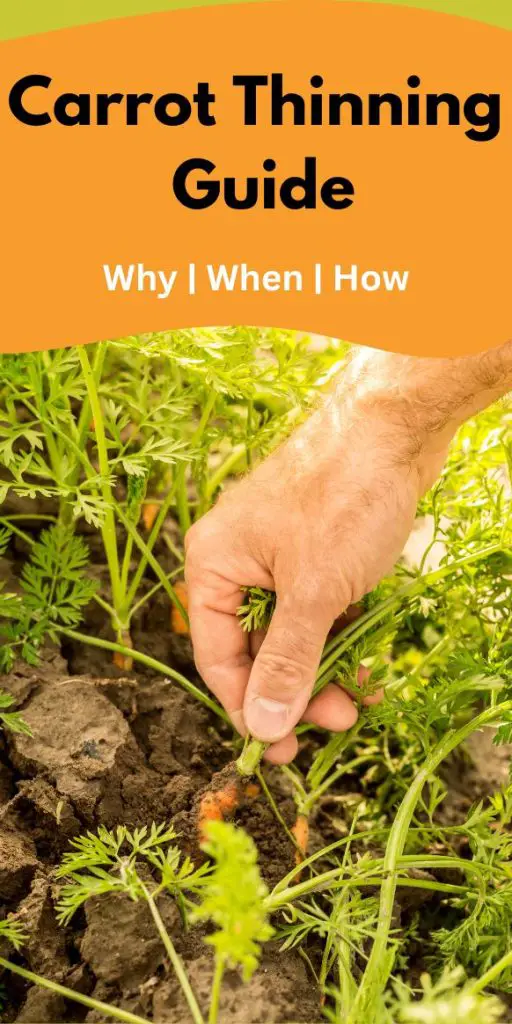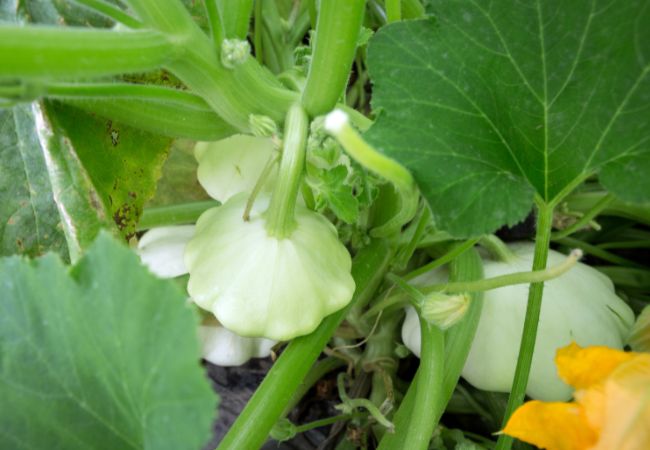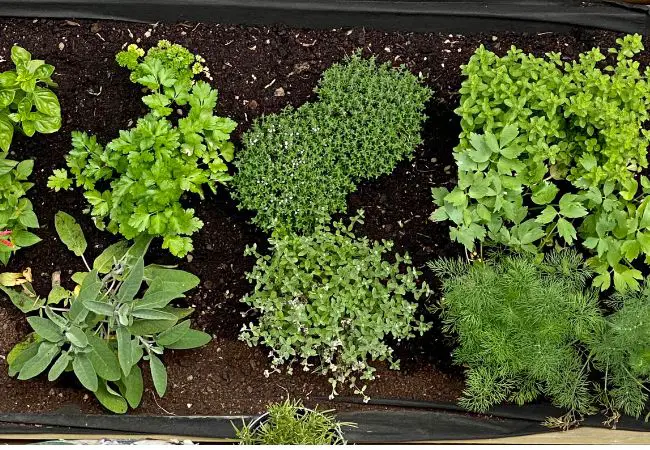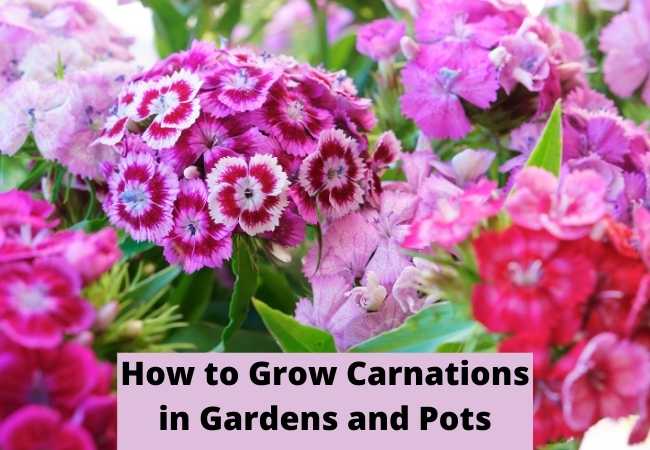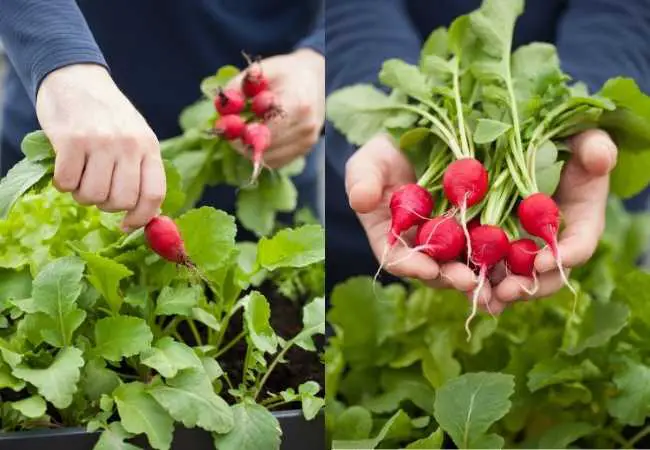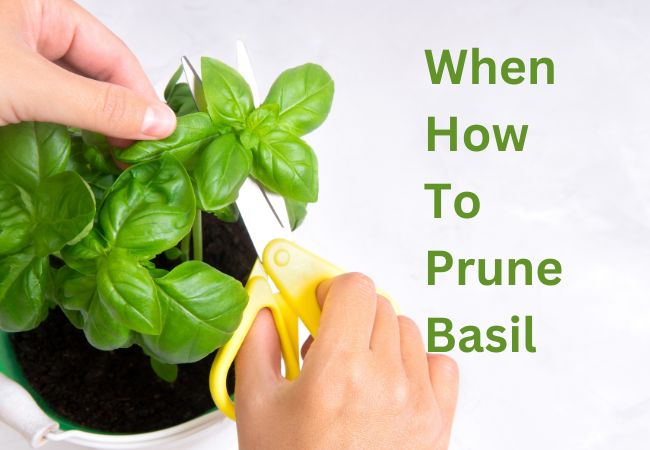Carrot Thinning Guide: Why | When| How
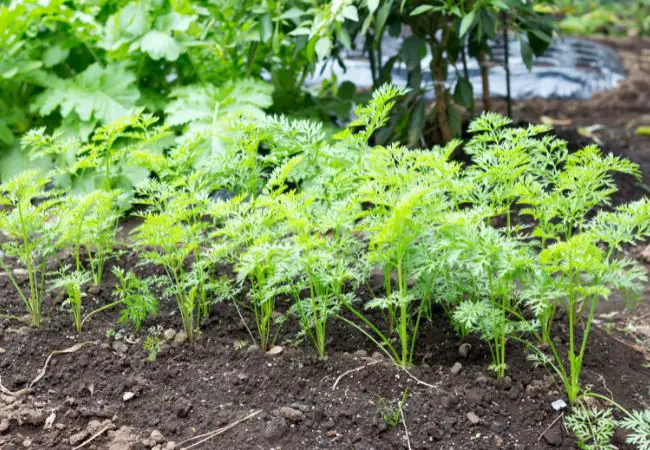
Easy carrot thinning guide that will help you get a good harvest. If you want to avoid thin, misshapen, and unappetizing carrots, you have to thin them.
Carrot Thinning Guide for Gardens and Containers
However, in order to ensure that your carrot plants grow properly, it’s important to thin them out. In this article, I will discuss the importance of carrot thinning, when to thin carrots, how to thin carrots, proper spacing for carrots, and tips for successful carrot thinning.
Carrot thinning is a vital step in growing healthy carrots. When carrot seeds are planted, multiple plants will sprout from each seed, creating a clump of tiny carrot seedlings.
If left to grow, this clump will result in overcrowding, which will stunt the growth of your carrots.
What Happens If You Don’t Thin Carrots
If you don’t thin carrots they will not thrive. Overcrowding can make it difficult for the carrots to absorb water and nutrients from the soil, which can cause them to become thin and misshapen.
Carrot thinning is the process of removing some of these seedlings to give the remaining plants enough space to grow properly.
When to Thin Carrots
The ideal time to thin carrots is when the plants are about two inches tall. At this stage, the plants are still small enough to pull out without disturbing the remaining seedlings.
If you wait too long to thin your carrots, you risk damaging the roots of the remaining plants. Additionally, when the plants are too large, the roots can become entangled, making it difficult to separate them without causing damage.
When thinning carrots, look for the healthiest, strongest plants to keep. These plants should have a good, sturdy stem and healthy green leaves. Remove the smallest, weakest plants, as they are unlikely to produce a healthy carrot.
Some people are concerned that thinning carrots seems counterintuitive. However, removing some of the plants will result in healthier, stronger carrots in the long run.
How to Thin Out Carrot Seedlings
To thin carrots, gently pull the weakest seedlings out of the soil, being careful not to disturb the surrounding plants.
Hold the carrot seedling you want to leave in the soil at the base to reduce the disturbance as you pull the unwanted ones out.
Be sure to leave enough space between the remaining seedlings for them to grow properly. You should aim to have one carrot plant every one to two inches.
Thinning Carrots With Scissors
Some people thin carrots with scissors instead of pulling them out of the soil. To do this, you simply separate the carrots you want to thin from those you want to keep and hold them apart at the base.
You then snip those you want to get rid of at the base. Although this method is easy, I don’t use it nor do I recommend it. This is because the snipped carrots can grow back if not cut off properly.
Proper Spacing for Carrots
Proper spacing for carrots is crucial for the health and growth of your plants. Carrots need plenty of room to grow and develop properly, so it’s important to give them enough space.
As mentioned earlier, aim to have one carrot plant every one to two inches. If you’re planting multiple rows of carrots, space the rows at least 12 inches apart to allow for proper air circulation.
Can You Replant A Carrot After Pulling It
Some people try to replant the carrots they pull out. However, I don’t do this and just throw them in the compost or feed the chicken.
Over the years I have found that carrots don’t grow well after the tap root has been broken. Replanting the thinned carrots produces mixed results. I prefer to just grow something else in the space they would have occupied.
Tips for Successful Carrot Thinning
To make the carrot thinning process easier and more successful, here are some additional tips that work for me:
Water your carrots thoroughly before thinning them. This will help loosen the soil and make it easier to pull out the weakest seedlings.
Thin your carrots on a dry day. I know this can sound contradictory to the point above. However, super wet soil can make it difficult to separate the seedlings without causing damage.
Be sure to dispose of the pulled-out seedlings properly. You can compost them or throw them away. Some people also replant the pulled-out seedlings in different locations. The results are often mixed and unpredictable.
Always water after thinning. After thinning your carrots, water them again to help them recover from the shock of being pulled up.
Don’t be afraid to thin your carrots more than once. If you notice that the remaining plants are still overcrowded, you can thin them again to ensure proper spacing.
Final Thoughts on Thinning Carrots
Carrot thinning is an important step in growing healthy, strong carrots. By removing some of the weaker seedlings, you’re giving the remaining plants enough space to grow properly.
Proper spacing is crucial for the health and growth of carrots. If you don’t thin them, you will end up with thin, misshapen carrots.
I hope this post on carrot thinning guide was helpful and you now know why, when, and how to thin your carrots. Please follow me on Multigardening Pinterest for more gardening posts.
